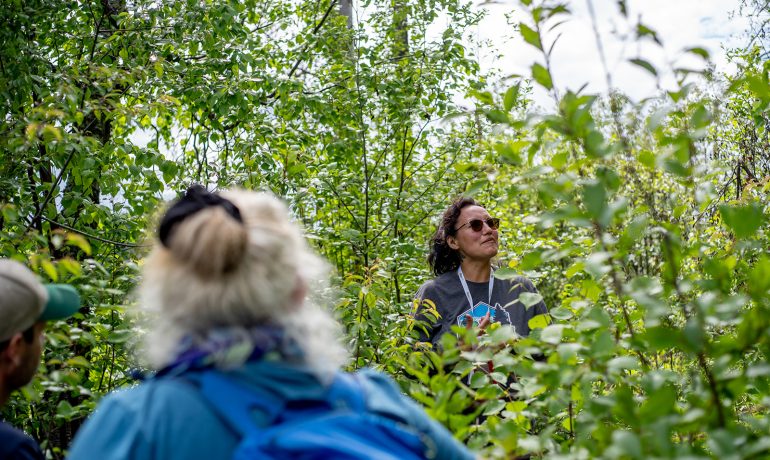Measuring the Benefits of Community Forestry
Community forestry is an innovative form of forest management; whereby local communities gain the right to manage local forests for local benefit. Every community forest is unique and each one strives to return benefits as defined by the local community. To better understand these benefits, in 2014 the BCCFA developed a system to measure and track the benefits of community forests. We have conducted the survey on an annual basis for 6 years. The 2020 results will be released in September.
The Community Forest Indicators Framework & Methodology Guide
The BCCFA worked together with community forest practitioners and in collaboration with the Ministry of Forests, Lands and Natural Resource Operations and several independent advisors, to identify the most compelling indicators that demonstrate the tangible social, cultural, economic and environmental benefits that community forests bring to their communities and to the province. The indicators chosen represent the most common, universal and easy to measure indicators that can be applied regardless of the organizational structure of a community forest or the location and ecosystem of the land base.
Objectives
Every community forest is unique, and they all strive to meet the needs of their communities. While each may have a different focus, collectively their efforts support the Provincial Government’s objectives. In the Indicators Project, we have focused on the most common objectives shared by all.
The eighteen indicators measure progress towards the following four key objectives:
- Community forests provide economic benefits to their communities and to British Columbia.
- Community forests provide social benefits to their communities and to the province; they promote community involvement and participation, and forest worker safety.
- Community forests promote communication and strengthen relationships between Indigenous and non-Indigenous communities and persons.
- Community forest management is consistent with sound principles of environmental stewardship that reflect a broad spectrum of values.
18 Community Forest Indicators
Objective A: Community forests provide economic benefits to their communities and to the province of British Columbia.
This is measured by:
- The number of jobs the community forest creates
- The total economic activity generated by the community forest
- The cash and in-kind contributions made by the community forest
- The additional funds leveraged by those contributions
- The active role the community forests play in the forest sector through harvesting
- The support for the full spectrum of milling and manufacturing facilities
- Investments in the future economic return of the forest through intensive silviculture
- Efforts to diversify the economic activities of the community forest.
Objective B: Community forests provide social benefits to their communities and to the province; they promote community involvement and participation, and forest worker safety.
This is measured by:
- The accountability of the community forest agreement holder to the local community
- The range and depth of engagement with different sectors of the community
- Investments in education
- Investments in recreation
- Proactive efforts to reduce the wildfire hazard to communities
- Forest worker safety.
Objective C: Community forestry promotes communication and strengthens relationships between Indigenous and non-Indigenous communities and persons.
This is measured by:
- The breadth and depth of First Nation involvement in community forests.
Objective D: Community forestry is consistent with sound principles of environmental stewardship that reflect a broad spectrum of values.
This is measured by:
- The management of sensitive areas
- Investments in forest stewardship incremental to legal requirements
- Compliance with environmental standards.
Read more on the Survey background here The Community Forest Indicators Framework & Methodology Guide
Stories are at the heart of who we are and what we do. To truly explain the full benefits of community forests to decision-makers and the public, we use stories and photos to describe the work and the positive local impacts of community forests. To streamline the process, this year’s stories will be collected in a separate document here Stories Template
The closing date for survey submission is March 2, 2020 at 12:00 pm
Related Post
As Published in Canadian Forest Industries Magazine, Pulp & Paper Magazine and Canadian Biomass Magazine
Jennifer Gunter’s Op Ed, “Community Forests: Rooted in Community,
Minister of Forests Mandated to Expand BC’s Community Forest Program
In the recently released mandate letter to the Minister



